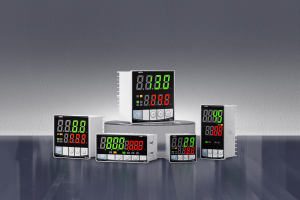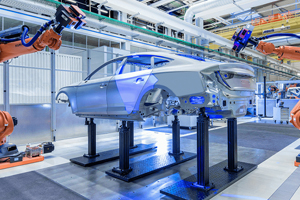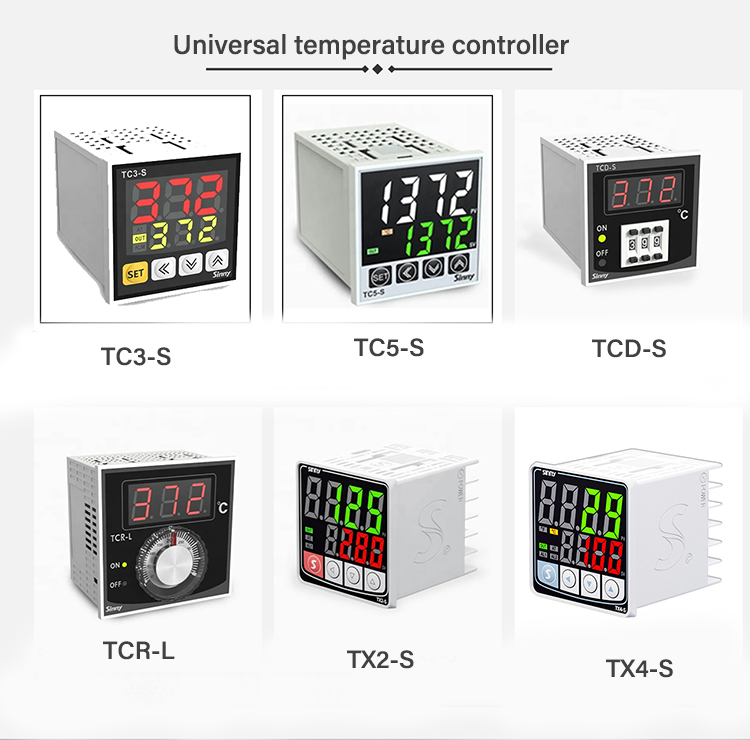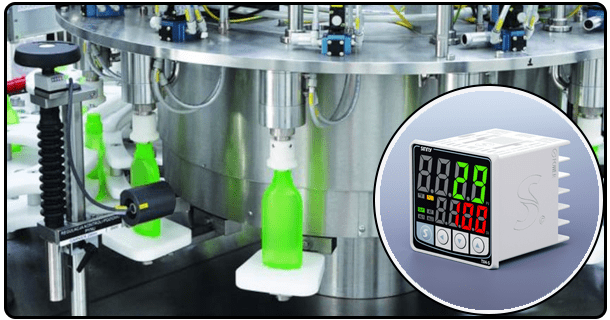A Comprehensive Guide for PID Oven Temperature Control
I. I. Introduction
Both home bakers as well as industrial operators are plagued by inconsistent oven temperatures, which can lead to uncooked centers, scorched surface or failed processes. Unlike rudimentary thermostats, PID (Proportional-Integral-Derivative) control revolutionizes temperature regulation through algorithmic precision. The advanced method dynamically regulates the heating output to maintain deviations of +-1-2degF (+-0.5-1degC). What's the result? The result? Enhanced efficiency, increased appliance lifespan, and perfect culinary or industrial results. PID technology offers reliability for professionals who are looking for stability.
II. PID Control: How it Works
The PID controller uses a mathematical method that consists of three levels to reduce temperature errors (the difference between the desired reading and what is actually being read):
Proportional (P). Responds to the current magnitude of error. Proportional control will increase power proportionally if an oven's temperature is 20degF under target. Overly high gains can cause oscillation.
Integral (I): Addresses cumulative past errors. Persistent underheating triggers gradual power augmentation until deviations vanish.
Derived (D) : This derivative predicts errors in the future by analysing temperature trajectory. Preemptive reduction of power is required when a rapid trend upwards occurs.
This loop is cyclical and operates indefinitely.
Setpoint established (e.g., 350degF).
Thermocouples measure internal temperatures.
Calculated error (Setpoint-Actual).
PID algorithm calculates the corrective output.
Solid-state relays are used to adjust the heating element signal.
Visual Reference: Control.com PID Diagram illustrates the feedback mechanism.
III. Thermostats: Traditional Thermostats vs. PID vs. Traditional Thermostats
Features
Thermostat Turn On/Off
PID controller
Operation
The power of the cycle can be set to 100%, 0% or any other value.
Power is modulated proportionally
Temperature swing
+-25degF (+-14degC)
+-2degF (+-1degC)
Energy Use
Cycling High (frequent)
Low (sustained balance)
Component stress
Thermo-shocks
Minimum (gradual) adjustments
The traditional thermostats found in ovens at budget prices cause "hunting", or oscillations around the preset point. It leads to uneven baking, and wastes energy. In contrast, PIDs excel when precision is required, like in sourdough ( Severe Eats 2023 ) or commercial ovens for pizza (e.g. Ooni Volt).
IV. The PID Parameters
gains for P, I and D are essential to achieving optimal PID performance.
Manual Tuning
Zero the integral (I) or derivative (D) gain.
Assemble a proportional P-value until oscillation is sustained.
Use the Ziegler Nichols method to calculate final values ( Wiki).
Auto Tuning : The modern controllers execute step tests automatically, and determine parameters in minutes.
(Critical Tips):
Limit integral terms to prevent integral windup.
Simulation tools such as MATLAB can be used to optimize industrial processes.
V. V. Applications and Benefits
Cross-Industry Adoption:
Culinary Artisanal bakeries produce uniform crusts, and sous-vide-ovens are accurate to +-0.5degF.
Industry: Pharmaceutical dryers and reflow soldering devices ensure compliance.
Emerging Technology: Polymer curing is stabilized by 3D printed enclosures, such as Prusa.
Tangible Benefits
Energy savings: 15%-30% reduction through minimal cycling (U.S. DoE 2022).
Enhancement of Quality: Removes "hot spots" from ceramic kilns.
Durability Reduced thermal stresses extend element life by 40%
VI. Installing PID into Your Oven
DIY integration
Components : Arduino/Raspberry Pi plus MAX6675 thermocouple and 25A SSR relay.
Programming: Leverage PID_v2 libraries (Instructables Guide).
Safety Install thermal fuses and grounded enclosures.
Retrofitting kits: Auber Instruments offers plug-and play PID controllers for domestic ovens. They cost around $150. Eurotherm and Watlow offer NEMA-rated products for commercial applications.
Pre-Integrated Solutions:
Home: Breville Smart Oven Air Fryer Pro
Middleby Marshall PS540: Industrial
VIII. Future Trends
AI Driven Tuning Machine Learning Algorithms (e.g. Google Minimax), adapt PID parameters to the current conditions in real time.
IoT Integration : Remote monitoring through apps (e.g. June Oven’s predictive heating).
Sustainability: "Smart grids" with PIDs reduce industrial carbon footprints 22% (IEA 2023).
IX. Conclusion
The mathematical precision ofPID thermostats allows for unmatched stability, both in industrial and culinary contexts. PID technology is ideal for retrofitting home ovens or specifying commercial appliances. It ensures product consistency and longevity, as well as energy efficiency. Mastering PID principles can unlock transformative performance improvements for enthusiasts as well engineers.
- Is PID controller imports a cost-saving gem or a quality gamble? Expert Analysis
- DC 220V Temperature Controls: Setup for Industrial Use, Tuning and Top Models























